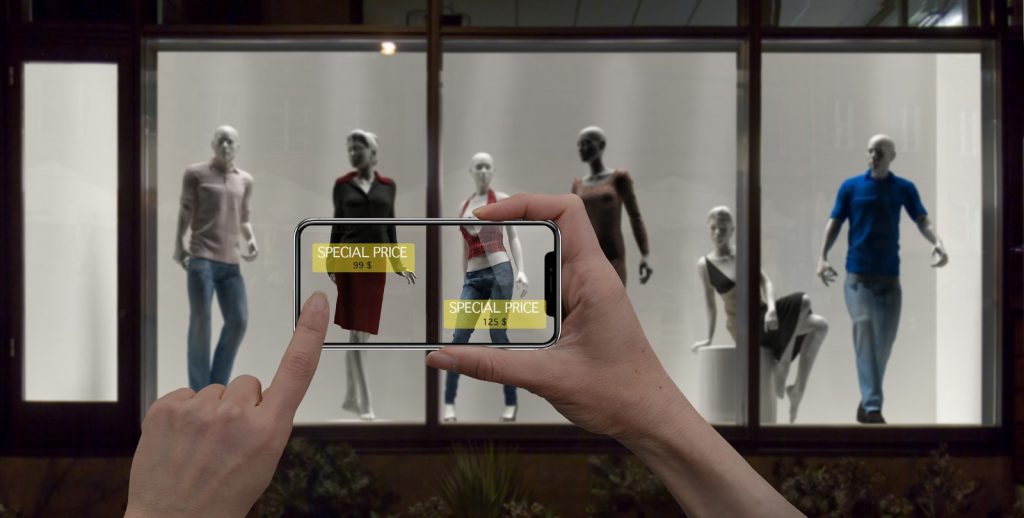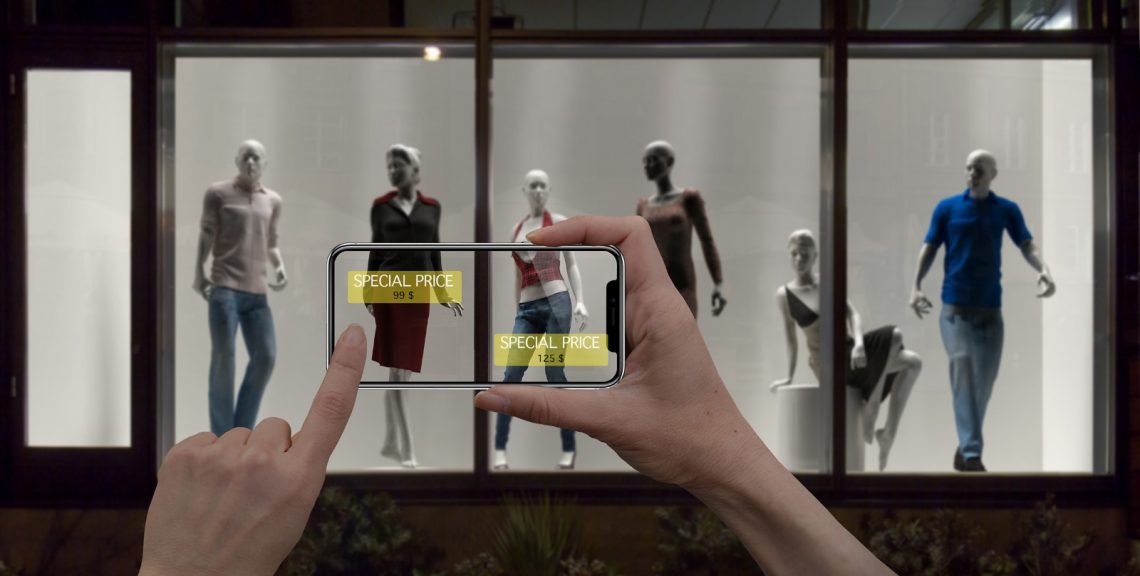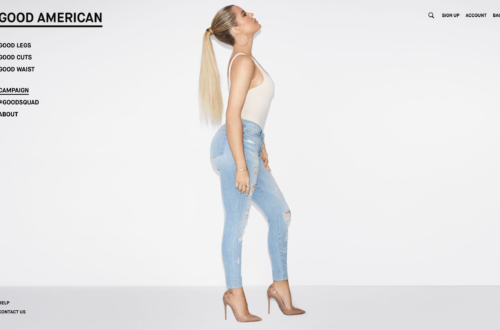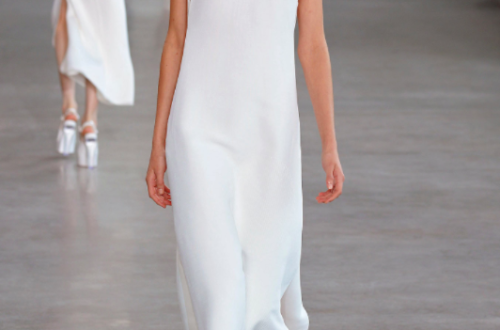The preventative measures imposed during lockdowns have influenced the fashion industry in several ways since the beginning of 2020. For instance, social distancing and travel impediments diverted shopping traffic online, resulting in increased eCommerce sales and advancements in digital marketing and contactless order fulfillment. Now, as countries open their borders and restrictions weaken, how will fashion retailers adapt? More importantly, how will they compete effectively in the new post-COVID environment?
Rewinding, from March 2020 to April 2020, BigCommerce merchants saw online traffic increase by about 63 percent, consequently leading to higher sales. In particular, Central and Eastern Europe saw an increase in eCommerce retail sales by 29.1 percent since the beginning of 2020. More specifically, online fashion retailers, including Zalando, reported a 32-34 percent growth in gross merchandise volume (GMV), and UK retailer Boohoo increased their revenue by 45 percent during the second quarter of 2020.
The previous increase in online sales surpassed expectations due to ease of use, contactless capabilities, and other digital shopping advancements such as true-to-scale AR/VR software allowing customers to virtually try on items at home. However, those numbers aren’t an accurate representation of online sales, as a portion can be attributed to physical store fulfillment. The latter, also known as “click-and-collect,” is the ability to order items online and pick them up at the associated brick-and-mortar locations. The “click-and-collect” delivery option drastically increased in popularity throughout the pandemic because of its ability to forego shipping fees – foreshadowing the future of fashion retail through a new hybrid approach.

As countries open their borders and restrictions weaken – reverting somewhat to pre-COVID times – fashion retail is not following suit. Since online sales will decline as people return to shopping in person, fashion brands’ performance will depend directly on how their retail strategies integrate the advancements achieved during COVID to improve in-store shopping. For example, QR codes allowing customers to learn more about products and their availability without needing to search and confront a salesperson represents an important retail addition, as stores accommodate consumers’ desire for a greater degree of self-service. Another advancement that saw both drastic improvements and double-digit growth across the US, UK, Germany, and most European markets was contactless payments, according to research by VISA. Furthermore, online improvements promoting discovery, customer conversion, and customer retention will be essential as more companies invest in CRM software to offset the same decrease in online traffic.
Now, with the transition into the “New Normal”, customers expect a similarly evolved experience as they return to shopping in person. More specifically, they now expect more self-service, automated, and contactless options improving efficiency and convenience. In other words, how well fashion retailers provide this new hybrid approach in-store – effectively integrating the advancements made during COVID – and focus on customer relations will determine companies’ relative and absolute performance.
By Jan Liam Fitzgerald






